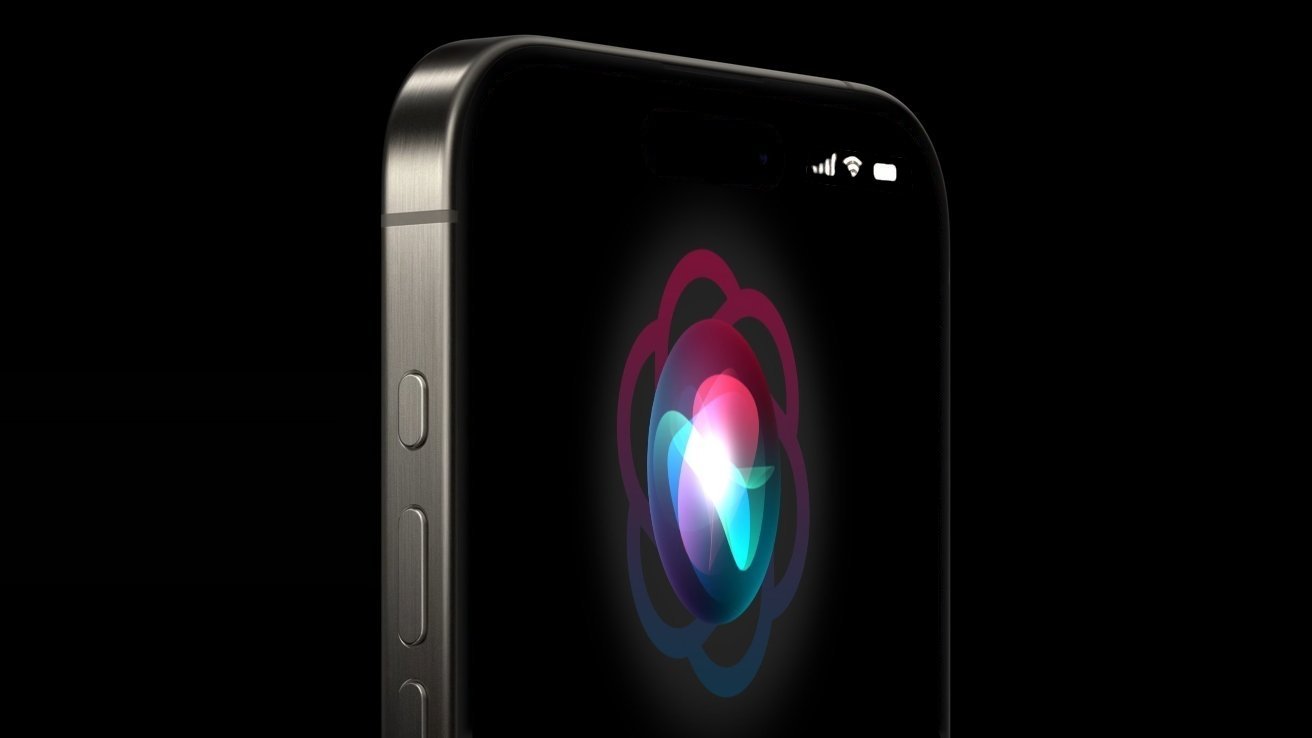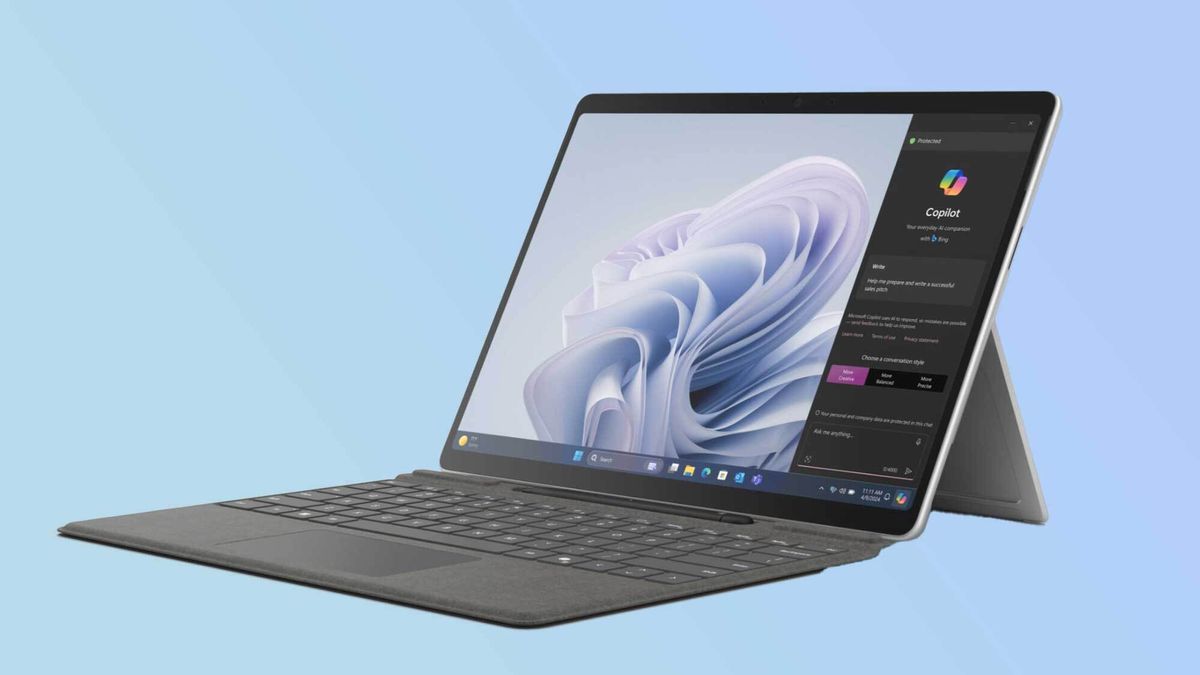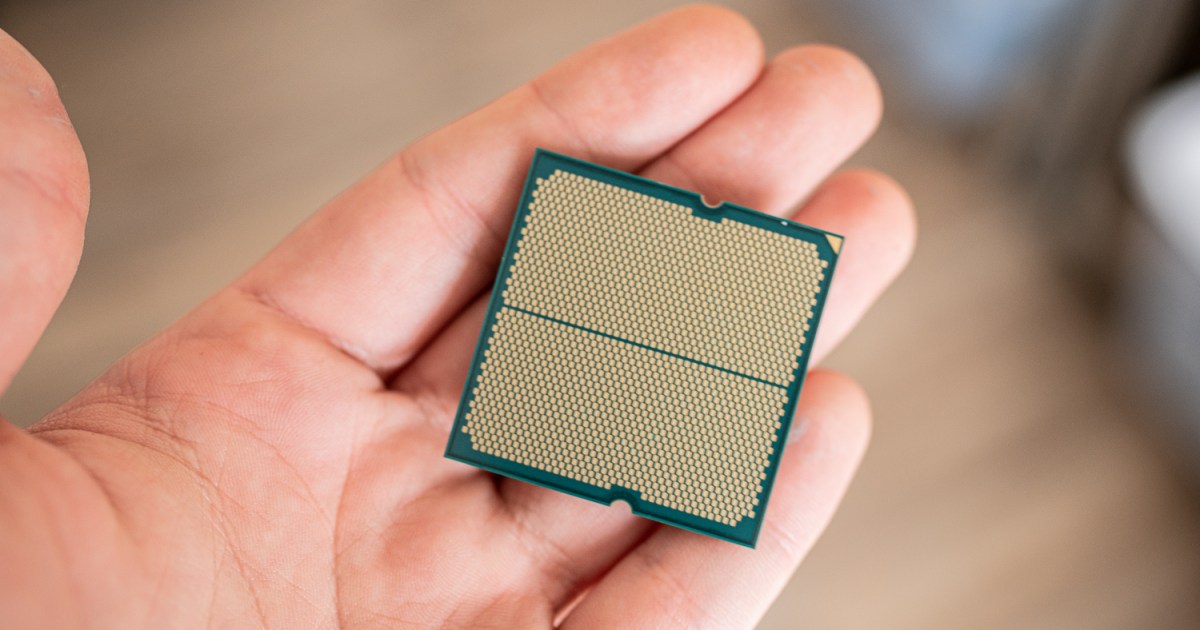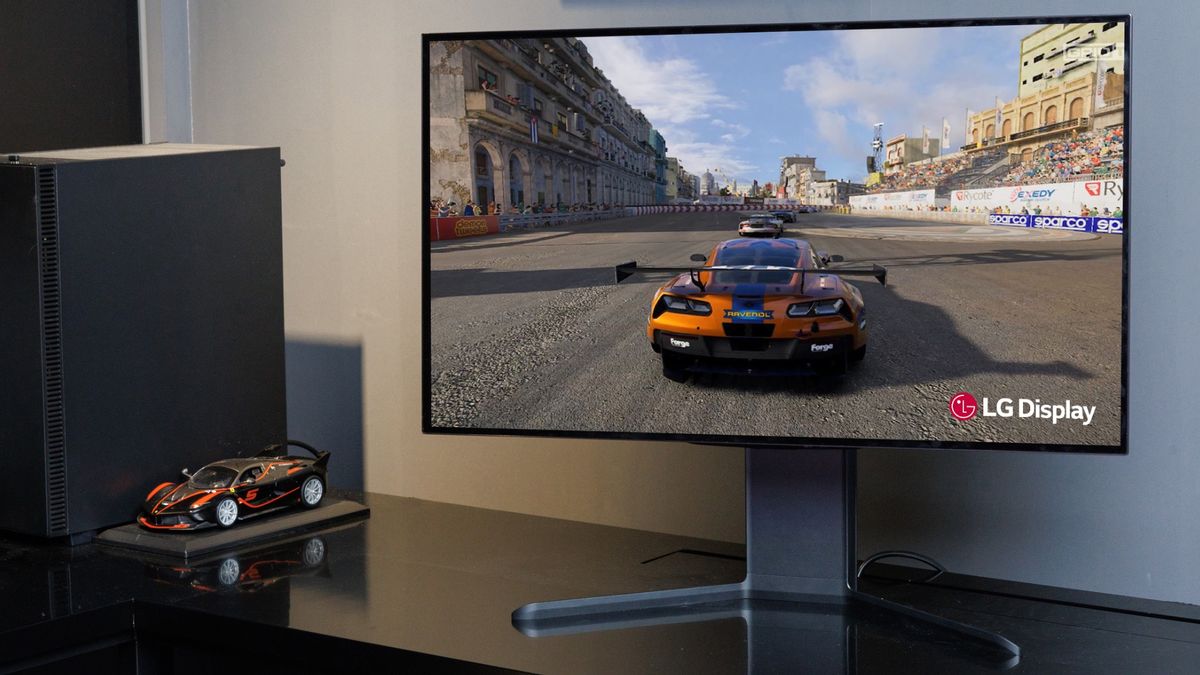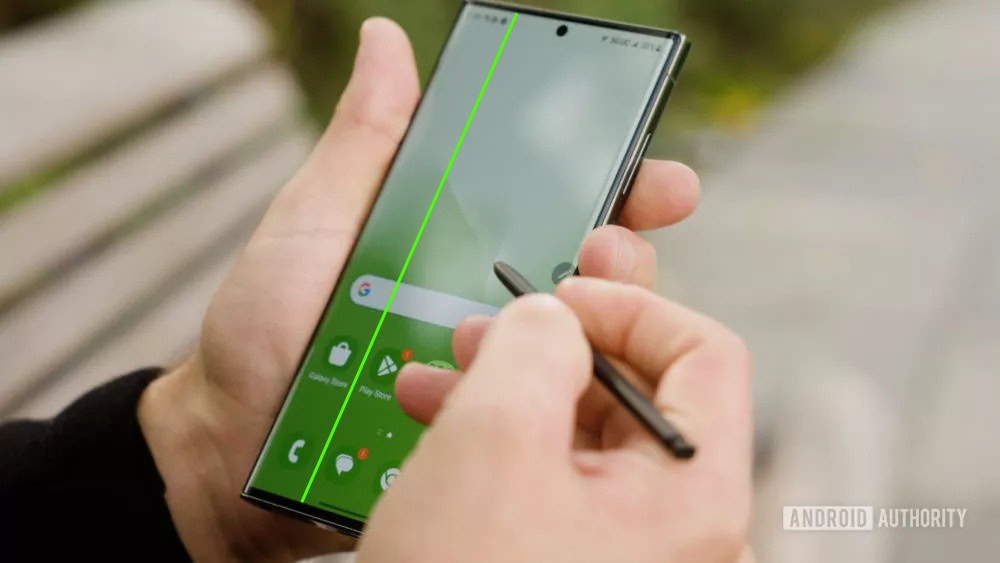From www.techradar.com

The Sphere, a music and entertainment arena east of the Las Vegas Strip, is a staggering technological achievement, standing approximately 366 feet tall and 516 feet wide, making it the largest spherical building in the world.
If you’ve seen any photos of it, you’ll know the exterior is coated in 1.2 million fully-programmable puck-sized LEDs that allow for the creation of stunning, dynamic 360-degree image displays.
The interior is just as cutting edge however. With a seating capacity for up to 18,000 people, it hosts various events such as concerts and performances and features a 160,000-square-foot, 16K wraparound LED canvas, making it the world’s largest and highest resolution LED screen with 256 million rendered pixels.
Enter Matrox
To manage this, multimedia system designer and integrator Fuse Technical Group, developed a system capable of handling 16K resolution, running on a complete SMPTE ST 2110 backbone, a standard they were not accustomed to.
“It took five years to build the Sphere, but we had only five months from the initial contact to deliver a 100% reliable solution in time for the first show — using a standard and workflow we weren’t accustomed to. It was definitely no small feat to do something like that in such a compressed timeline,” said Ryan Middlemiss, Fuse Technical Group’s director of media servers.
To manage this, Fuse chose technology from Matrox Video, one of Nvidia’s earliest rivals, for the SMPTE ST 2110 routing, orchestration, conversion, and control inside Sphere.
“The jaw-dropping spectacle at Sphere sets a new gold standard for video in live entertainment,’ Francesco Scartozzi, vice president, sales and business development at Matrox Video said. “We’re honored to have worked with Fuse on this unparalleled project and that our technology and our people played a role in its success.”
The technology behind such an endeavor is, naturally, on the bleeding edge.
Critical Matrox products used for the workflow are:
- Matrox ConvertIP for SMTPE ST 2110 Conversion – Fuse deployed 23 Matrox ConvertIP DSS dual-channel SFP SDI-to-IP devices to convert high-resolution SDI from the media servers into SMPTE ST 2110 and deliver content to the IP video backbone for display on the LEDs. Fuse selected ConvertIP for its 12G SDI and 4K (DCI) support, its low latency, and its 25G speeds. Fuse subsequently requested 6G support, and Matrox Video added the capability to ConvertIP.
- Matrox ConductIP for Routing and Orchestration – Fuse uses Matrox ConductIP to route and orchestrate SMPTE ST 2110 sources on its internal network, a critical part of the workflow.
- Matrox Extio 3 for Remote Operation and Control – The production system uses 30 computers, with one programmer and two technicians in the control room handling all the video for the show. Fuse deployed Matrox Extio 3 IP KVM extenders so the operators can access multiple computers from one remote workstation with one keyboard, mouse, and monitor. Users can move between Extio 3-equipped computers at once just by dragging the mouse.
More from TechRadar Pro
[ For more curated tech news, check out the main news page here]
The post World’s only 16K display is powered by one of Nvidia’s earliest rivals — Las Vegas Sphere uses Matrox technology to power a staggering 256 million pixels first appeared on www.techradar.com





/cdn.vox-cdn.com/uploads/chorus_asset/file/25419743/2149272492.jpg)

/cdn.vox-cdn.com/uploads/chorus_asset/file/24801728/Screenshot_2023_07_21_at_1.45.12_PM.jpeg)

